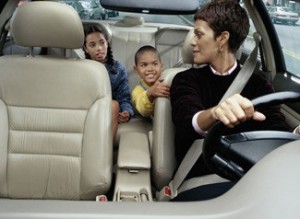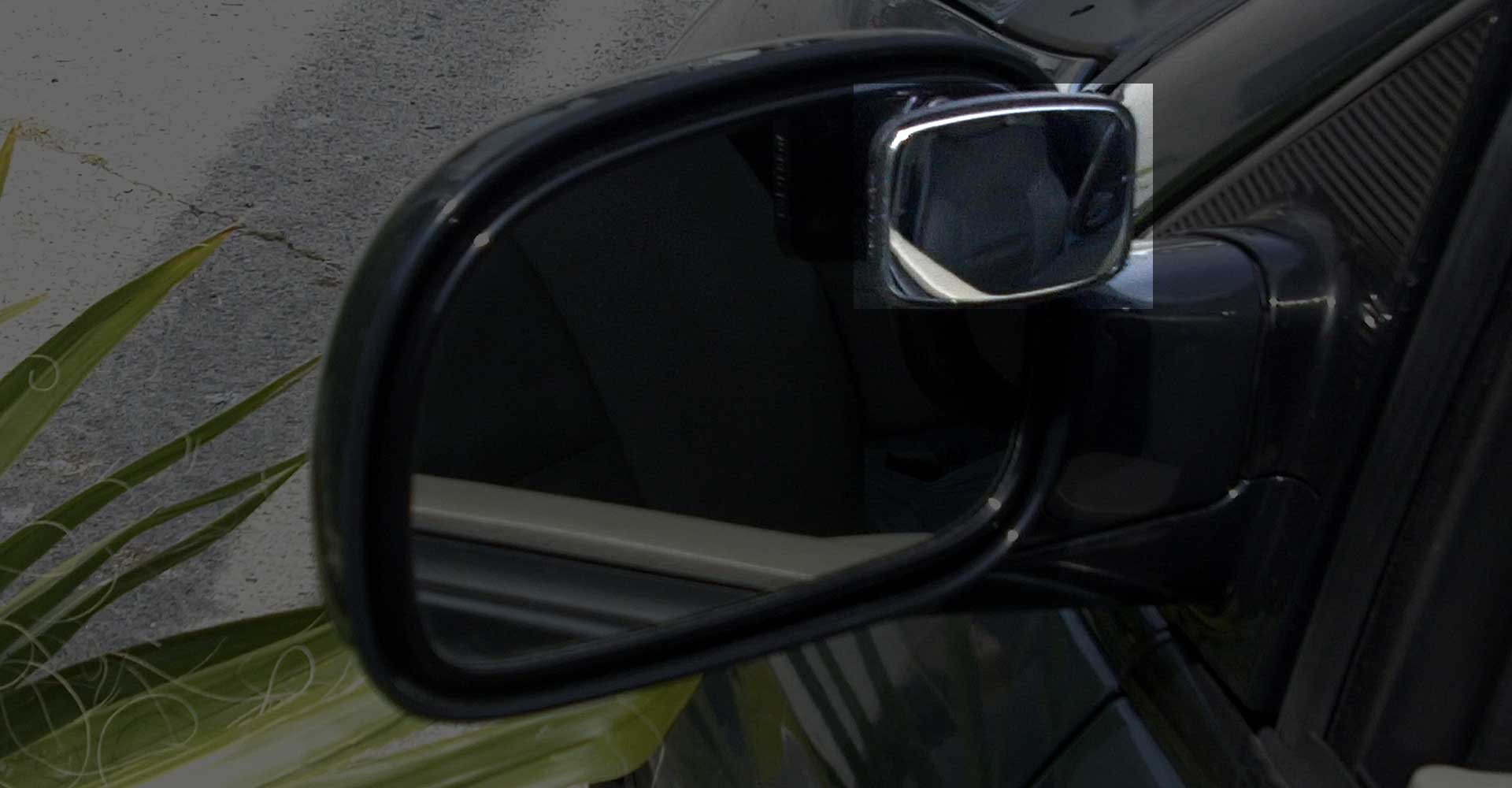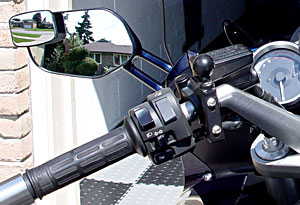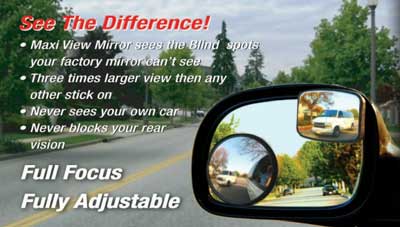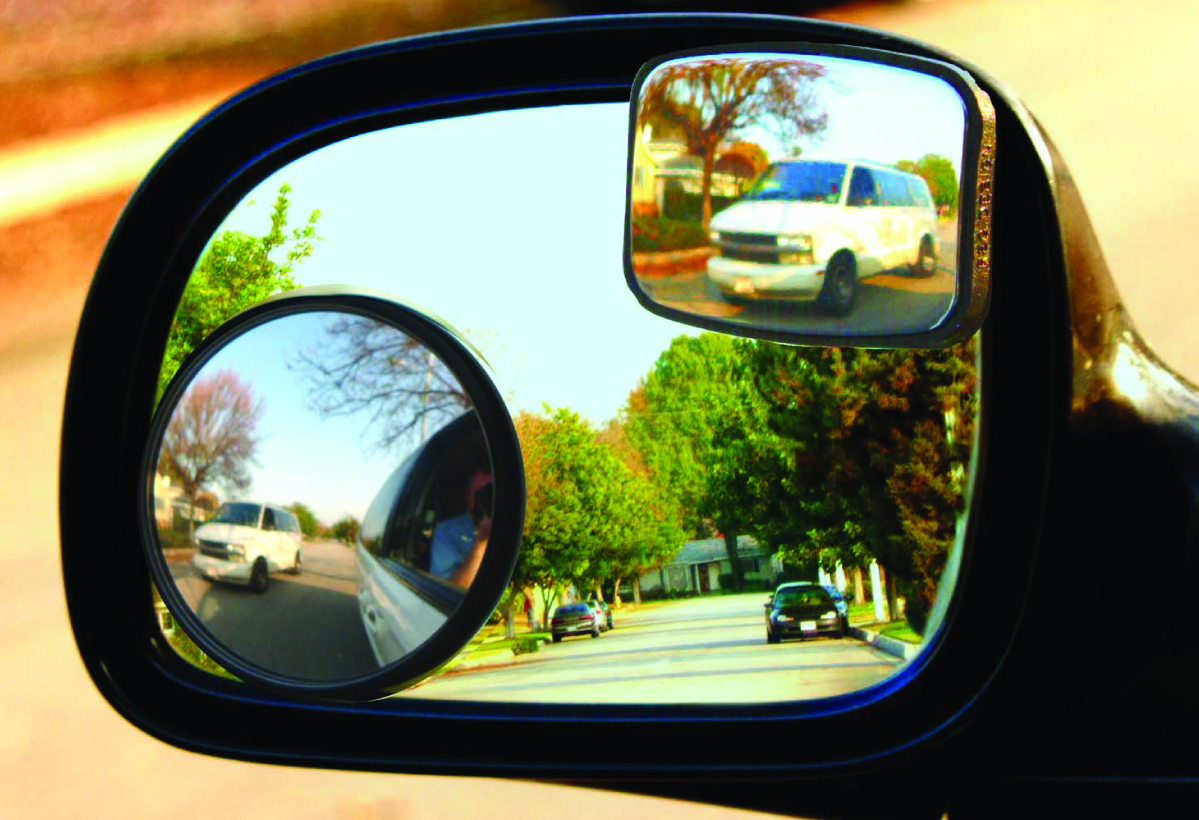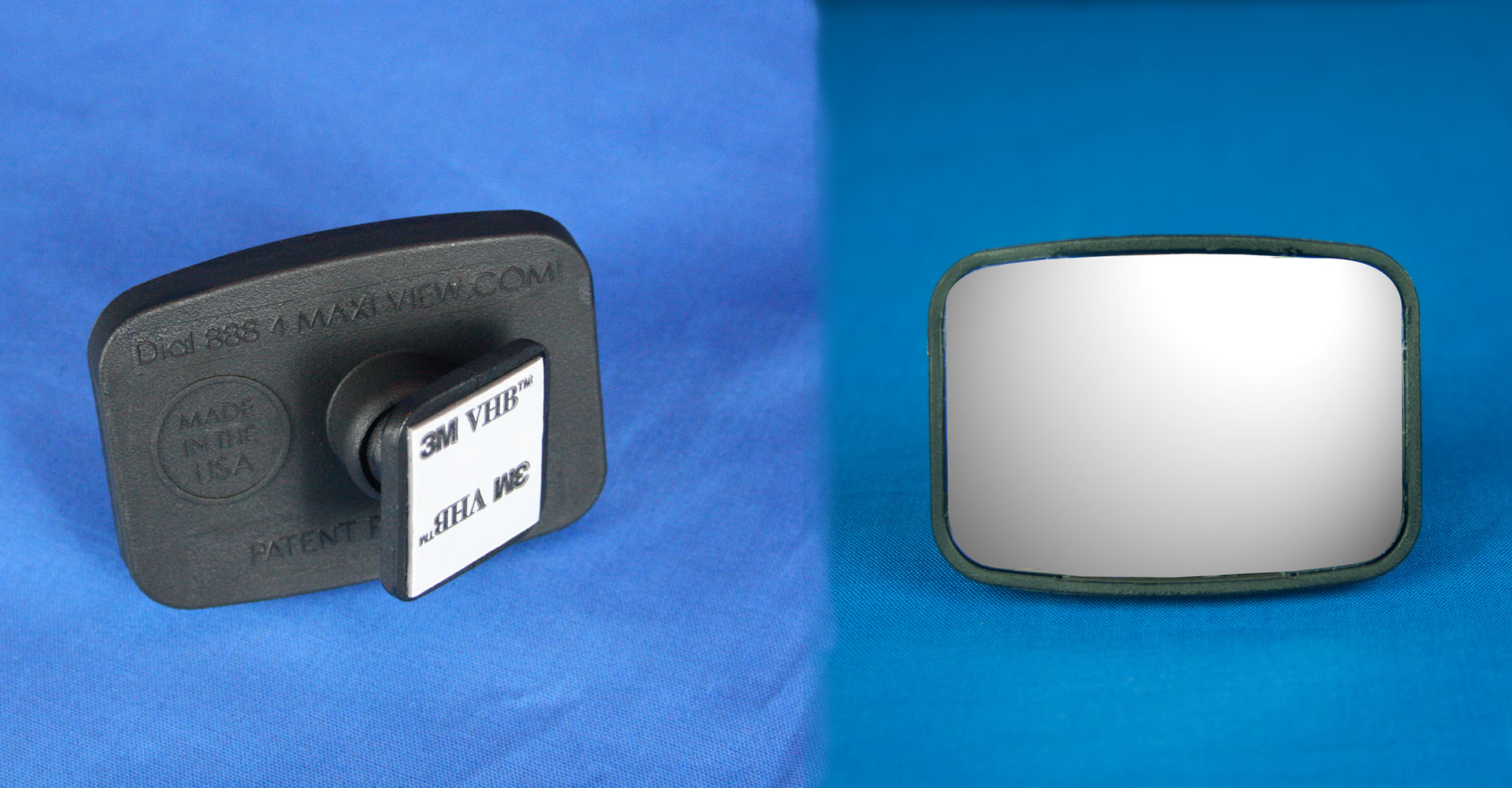
All vehicles have blind spots; areas that the driver cannot see. These are usually to the rear and rear quarter. Larger vehicles have larger blind spots that could hide several cars or a truck. Even small blind spots can hide motorcycles!
This is a problem because if you bump a motorcycle, you are more likely to cause a lot more damage than if you bump another car or truck. The rider will be off and at the mercy of passing vehicles.
Motor cyclists need to be aware of this as they ride. Keeping a long way back in a separate lane or far over in the same lane, will ensure that the driver can see you. Keeping well ahead will help too. So what to do when you need to pass someone?
You need to know where the blind spot will be, to the side of the vehicle and broadening with distance. You then need to get through it quickly and swerve away from the vehicle you are passing at the same time, just in case.
Plan ahead, just so you do not rush straight into another vehicle’s blind spot in your hurry to get through the first. Also look out for aids, such as side mirror indicators, which might just catch a driver’s eye and keep you safe.
Drivers themselves also need to help. They have to keep bikes in mind as they plan each move and be aware that there is always a blind spot. This is where use of wing mirrors comes in and experimenting with frog-eye and extension mirrors, on top of the normal side mirror, may assist.
However, you will still have a blind spot big enough for bikes to hide in and you should be extra careful when moving from one lane to another.

